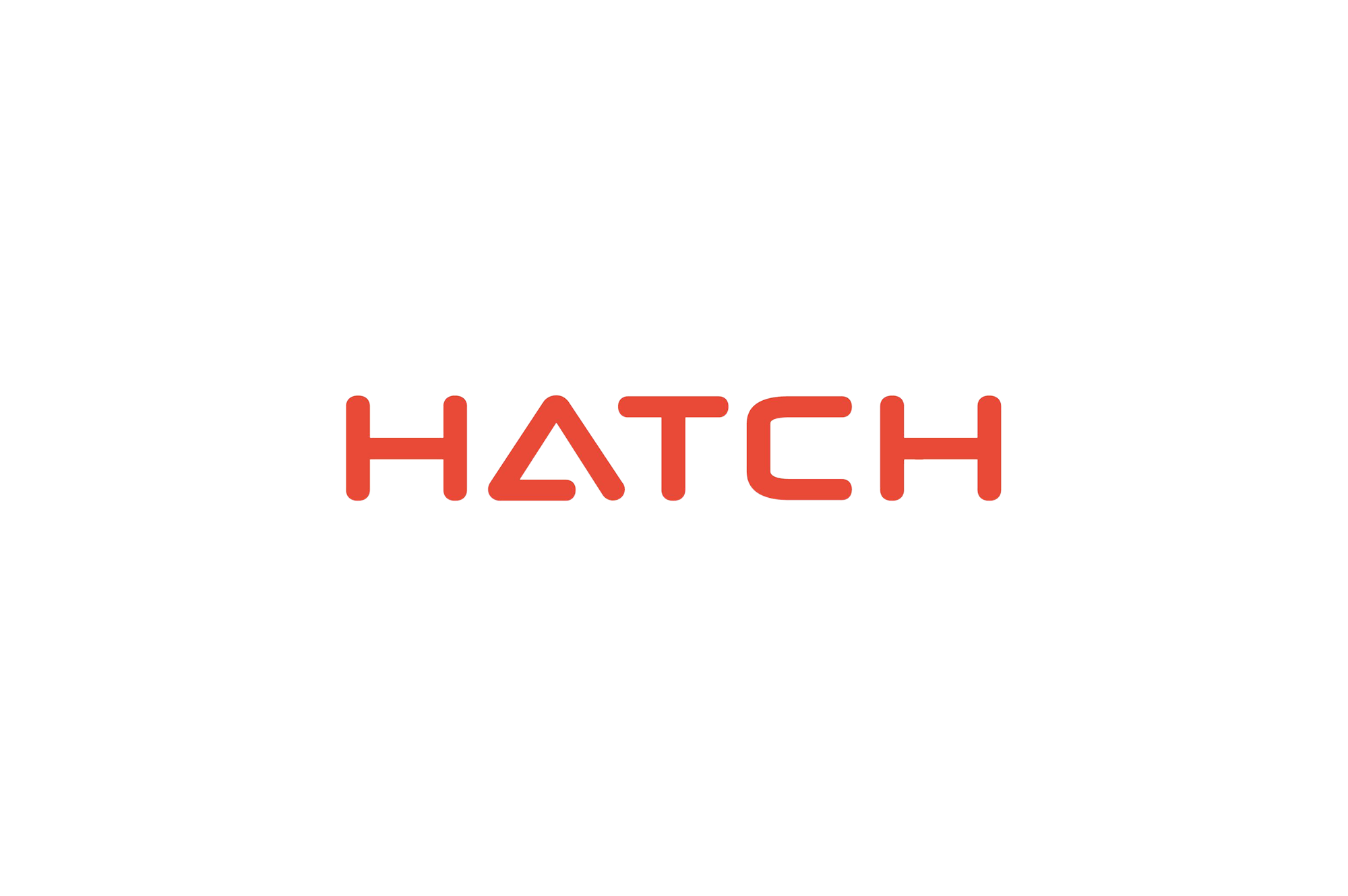
eLearning is here to stay. It’s cost-effective, scalable, and adjustable to organizational needs. According to the Global Market Insights report, eLearning is expected to have a $200 billion market value by 2024. This is happening because business leaders are recognizing the importance and value of retraining and upskilling their employees in the age of digital disruption.
However, cost-effectiveness and scalability shouldn’t mean that quality should suffer. When that happens, eLearning ceases to become effective and begins to become disengaging, frustrating, and fatiguing. On top of that, executives are increasingly asking for a higher business impact of learning, which creates further pressure on the Learning & Development (L&D) personnel to produce effective solutions that impact the return on investment.
All this makes front-end alignment for eLearning outcomes critical. At Xpan, we made it our mission to help corporate eLearning become an effective digital knowledge experience. In this post, we want to show you what needs to be considered to achieve this and turn your eLearning program into a catalyst for organizational change, capability development, and sustained profitability.
The goal of any learning program is to provide psychological engagement, and through that engagement, promote changes in individual behaviour and organizational performance—regardless of whether it is instructor-led, blended, or asynchronous learning. If this engagement doesn’t occur, content information will not be stored in long-term memory (where real learning happens). If nothing has changed in the long-term memory, then nothing has been learned in a permanent sense. That’s when learning fails to accomplish its task of improving performance.
If permanent learning is the goal to change behaviours in your organization, then what is required to make eLearning effective to that end? Here we offer four answers through the guidance of what we call “the psychological engagement package:”
There is a well-advanced science behind what makes digital learning effective. Ensure your program has sufficient guidance from the literature in order to help create and foster programs relevant to your learners. Evidence-based knowledge about what helps and hinders training effectiveness will not only help you invest in training wisely but also (1) help your learners to derive deeper psychological engagement from your courses, and (2) help you get a stronger buy-in from executives when building a business case for eLearning.
Formative assessment is the gold standard of educational achievement. It is deployed during learning to ensure that learners are receiving constructive feedback in areas where they are underperforming, unsure, hesitant, or simply excelling. This facilitates proactive engagement with the content and helps increase learners’ confidence in their capabilities.
Unfortunately, most organizations use only summative assessment of learning outcomes (assessment of learning)—they stop at the reaction data (whether learners liked the course or not) and issue a certificate of completion as the final product of that assessment. But there is a weak correlation between reaction to learning and actual learning. This is why we recommend that your eLearning program must include formative assessments (assessment for learning) and provide customized feedback to learners during their absorption of content. Formative assessment must be part of the psychological engagement package.
For eLearning to be effective, learners require follow up from supervisors, peers or automated digital technology. We are more likely to apply knowledge and grow our skills, if we get a strong affirmation of what we are applying from a mentor, supervisor, or a subject matter expert.
Artificial intelligence can also take on this role to automate the process, increasing retention and engagement. Affirmation goes a long way in helping learners develop critical competencies and increase their motivation to transfer the learned knowledge in the workplace. L&D departments should consider programs that allow sustainable support as an essential part of the psychological engagement package.
Assessing transfer is critical. You need to know whether the content, such as a new sales technique, will be successfully applied on the job. Of course, the justifiable fear is that assessing transfer might require additional resources and time, especially given that L&D professionals today deal with competing priorities and budget thresholds.
But that is not necessarily the case. When eLearning is tightly integrated into the performance evaluation processes and reward systems already in place in your organization, transfer can still be captured. Consider setting up this integration to allow your psychological engagement package to reap the benefits from eLearning.
We develop digital knowledge solutions. Our team makes heroes of learning and development professionals. We improve workspace experience (and lives) across the globe, with better learning.




















